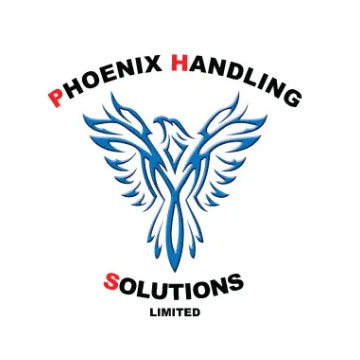General Tosa-CMR-Group Pallet Strapping Machine Range
Strapping machines can be supplied as Horizontal or Vertical types. We have a large range to offer supplied by the Tosa Group Italy. See below for our very extensive range to suit all budgets and technical requirements.

CMR CAM 29
AUTOMATIC HORIZONTAL STRAPPING MACHINE FOR
PALLETIZED LOADS, equipped with side sealing head.
This machine can be installed onto a packing line for different pallet types/sizes and low to medium throughputs.

CMR CAM 31
AUTOMATIC HORIZONTAL STRAPPING MACHINE
PALLETIZED LOADS, equipped with side sealing head.
This machine can be installed onto a packing line for different pallet types/sizes for low to medium throughputs.

CMR CAM 34
AUTOMATIC HORIZONTAL STRAPPING MACHINE
FOR PALLETIZED LOADS, equipped with side sealing head.
This machine can be installed onto any existing packing line and perfectly meets high production needs.

CMR CAM 41
AUTOMATIC VERTICAL STRAPPING MACHINE
FOR PALLETIZED LOADS, equipped with top sealing head.
This machine can be installed onto any existing packing line and perfectly meets high production needs.

CMR CAM 45
AUTOMATIC COMPRESSION STRAPPING MACHINE
This model of machine is designed to vertically strap pallets of ‘Corrugated’ products which need to be compressed
allowing the product to decrease in size and to increase its stability.
Understanding Different Types of Strapping Machines
Automatic strapping machines are designed for high-volume packaging operations. These machines automatically feed the strapping around the package, tighten it, and then seal it with a heat weld, all without manual intervention. This type of machine is ideal for industries that require consistent, rapid packaging without compromising on the security of the items being strapped.
Semi-automatic strapping machines require the operator to manually place the strap around the package. Once the strap is in position, the machine automatically tightens and seals the strap. This type offers a balance between automation and control, making it suitable for operations where package sizes vary or where full automation is not feasible.
Often confused with fully automatic machines, automated strapping machines generally refer to systems that integrate into larger automated operations. These machines are equipped with sensors and programmable logic controllers (PLC) to ensure precise strapping without manual input, aligning seamlessly with conveyor systems and other automated packaging lines.
Strapping machines function by securing packages with a strap made from various materials such as plastic, steel, or polyester. The basic operational steps include:
- Feeding the Strap: The machine dispenses the strap around the package.
- Tightening the Strap: It then tightens the strap snugly around the package to ensure it is secure.
- Sealing the Strap: Depending on the machine type, the strap is either heat-sealed or mechanically sealed to prevent slippage.
Each type of strapping machine uses these fundamental steps to provide a secure and stable bundle, ready for handling and shipping.
Selecting the appropriate strapping machine involves several factors:
- Volume of Packages: Consider the number of packages your operation needs to strap daily. High-volume operations benefit from automatic strapping machines, while lower volumes might find semi-automatic or manual strapping machines more cost-effective.
- Package Variability: If your packages vary significantly in size, semi-automatic machines offer the flexibility needed to accommodate different dimensions.
- Integration Needs: For operations integrated with other packaging and logistics systems, automated strapping machines offer the best compatibility.
- Material of Straps: The type of strap material—whether plastic, polyester, or steel—also influences the choice of machine, as different machines are optimised for different materials.
If you are unsure what is best for your needs please feel free to get in touch.
